Dinosaurs Big and Small
Vocabulary
Read the vocabulary terms to understand the reading better.
Bones
Bones are the hard tissue that forms the skeleton of an animal or person.
Scientist
A scientist is a curious person who solves problems.
Scientists look at the bones of dead dinosaurs to figure out how big they were. Bones show whether a dinosaur was big or small.
T-Rex
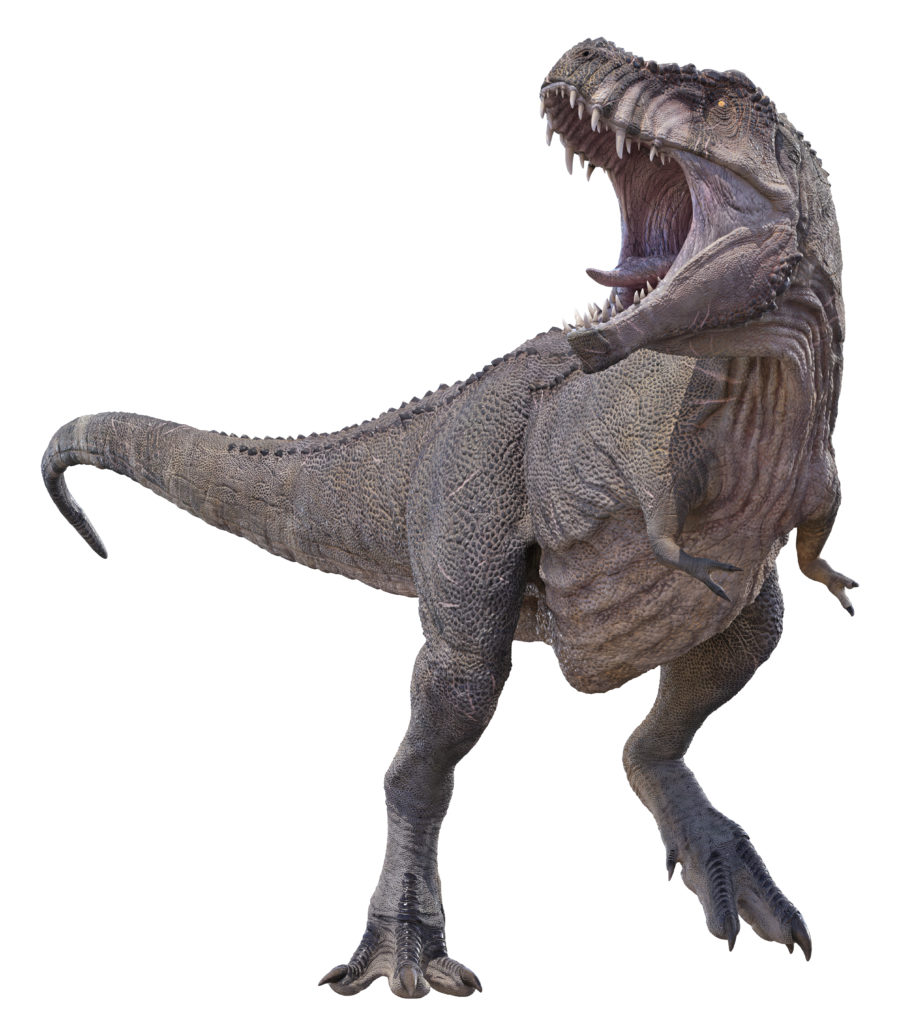
T-Rex was a big dinosaur, but it was not the biggest. A T-Rex was longer than a large school bus. This dinosaur hunted for its food. It had many strong teeth to help it catch and eat animals. A T-Rex did not use its arms to bring food to its mouth. Its arms were too short to reach its mouth.
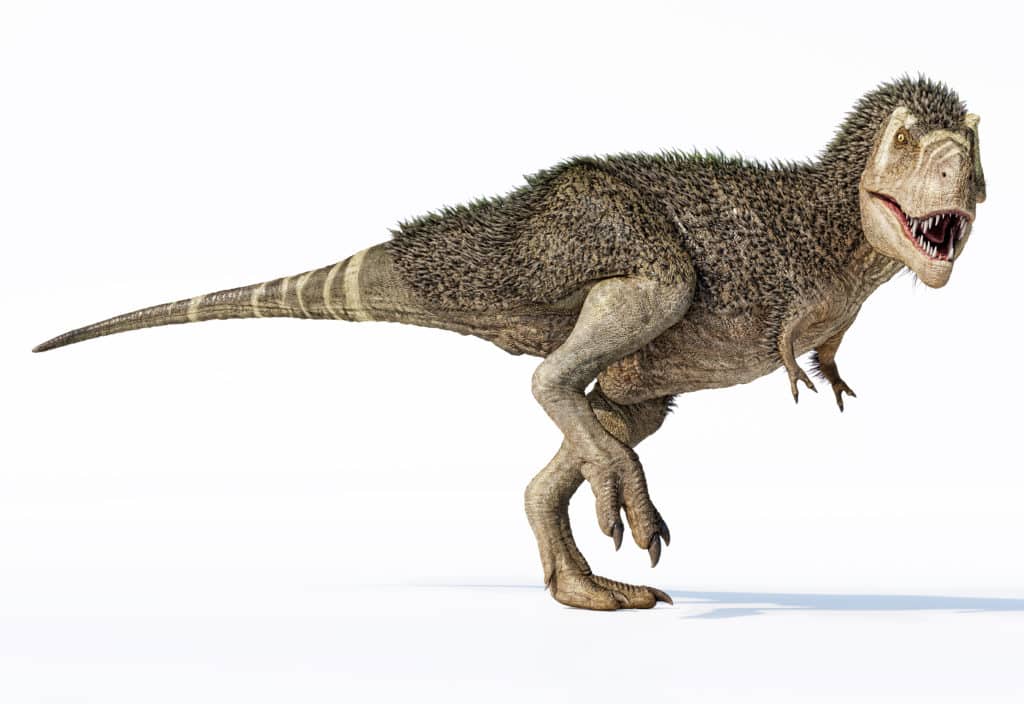
Some scientists believe that young T-Rex dinosaurs had feathers covering their body. But a T-Rex did not have wings, so it could not fly. As a T-Rex got older, the feathers fell off.
Dilong
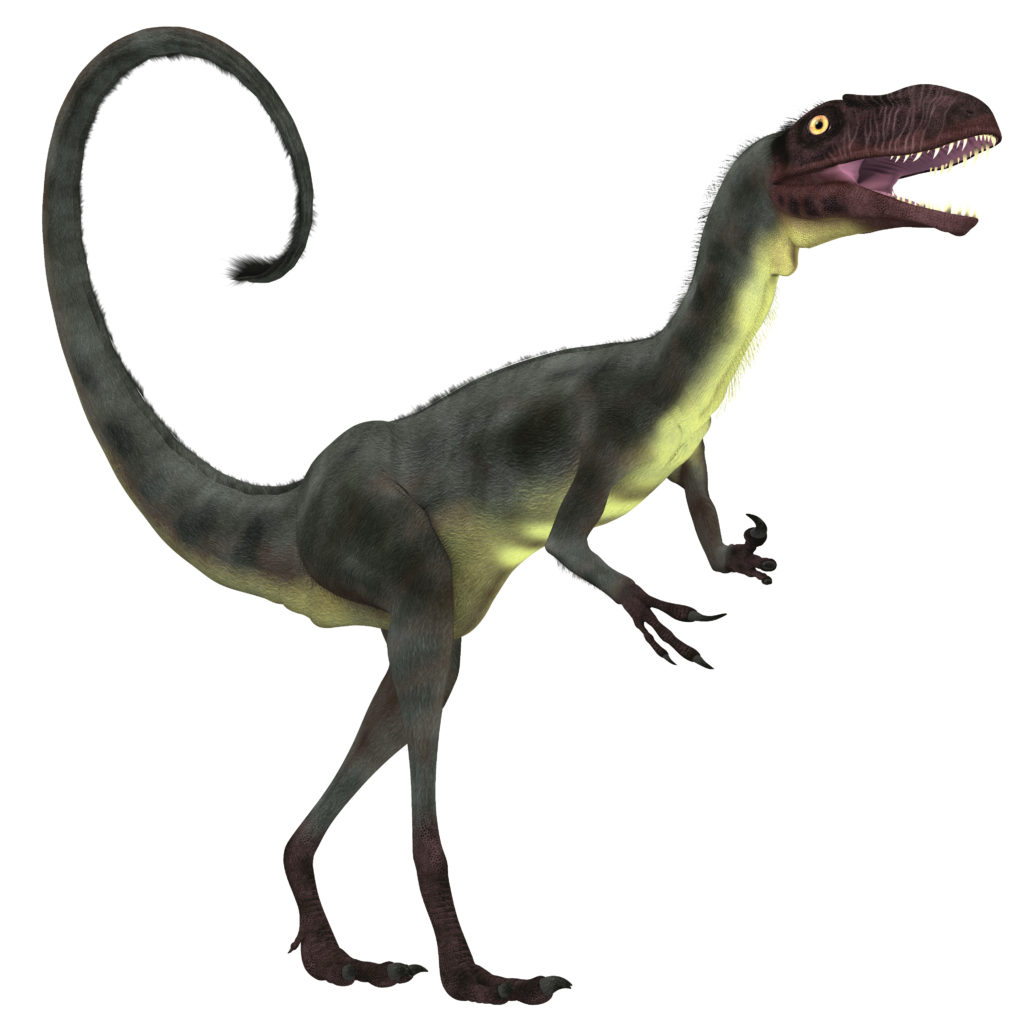
Dilong (say it like this: die-long) was one of the smaller dinosaurs. It was only about as long as a bed for a grownup. Like a T-Rex, a Dilong hunted animals for food and used its many strong teeth to eat them. A Dilong could use its arms to help it eat. This dinosaur’s arms were long enough to reach up to its mouth.
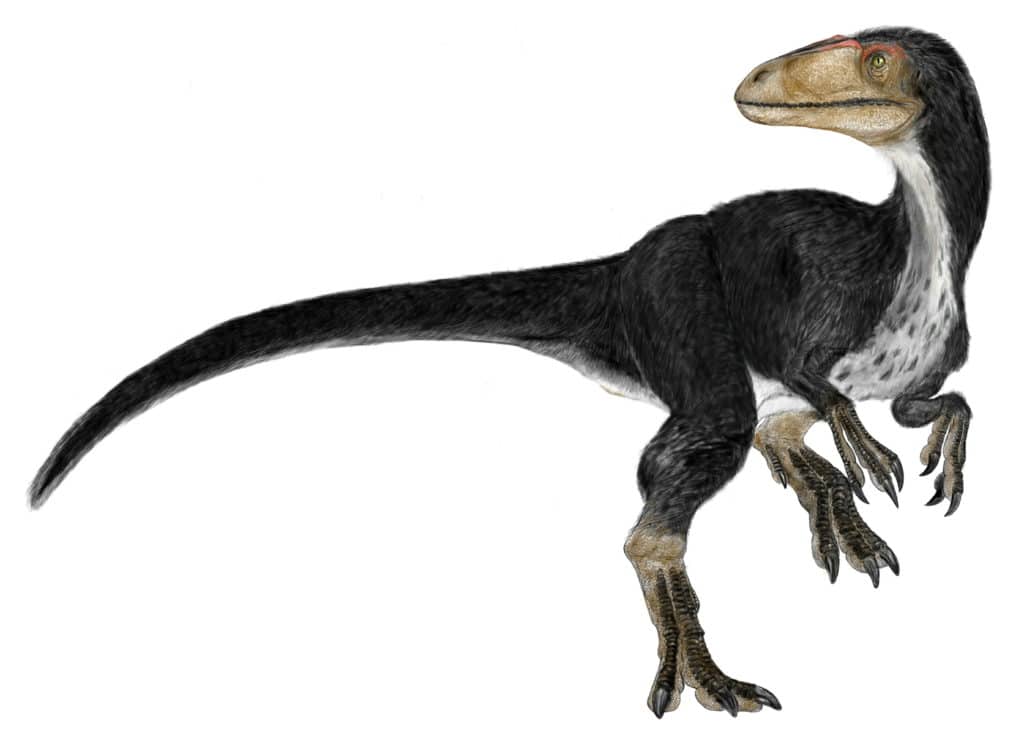
Scientists believe that Dilongs had feathers. The feathers did not fall out as the dinosaurs got older. A Dilong did not have wings, so it could not fly.
Fun Fact!
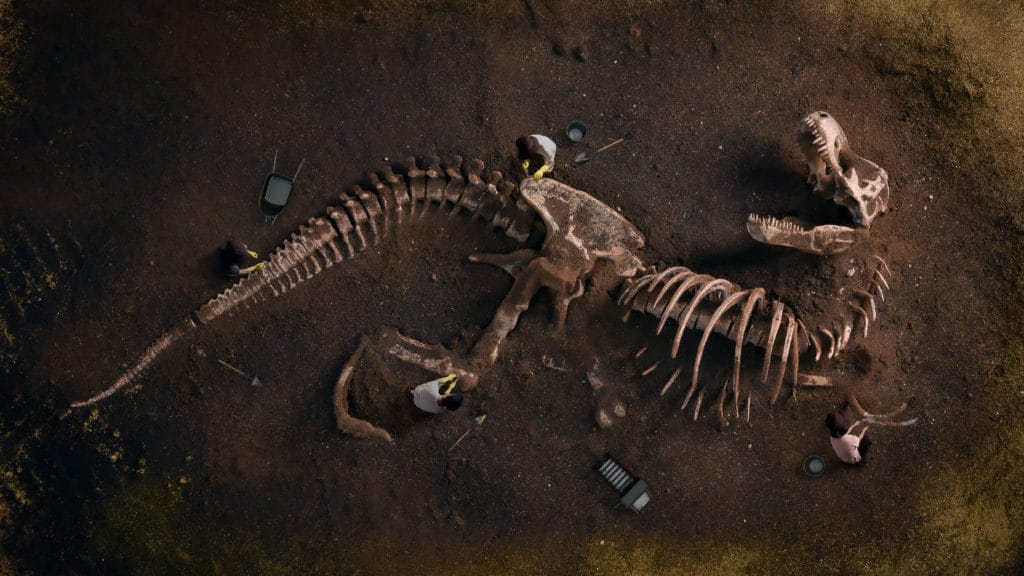
The first T-Rex bones were discovered over 100 years ago. The first Dilong bones were discovered in 2004.
To learn more about dinosaurs, watch the video by SciShow Kids on YouTube.
Show What You Know!
Complete some questions about the reading selection by clicking “Begin Questions” below.









